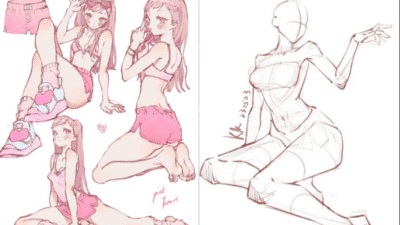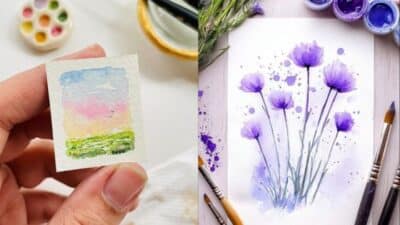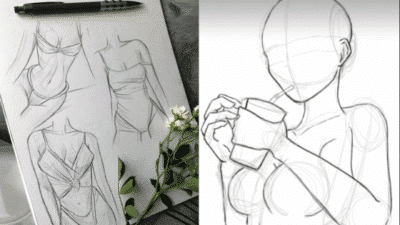Magazines have long been a key part of how fashion and art trends are shared with the world. They act as a bridge between creators and the public, showcasing new styles, ideas, and artistic expression. Through carefully chosen images and stories, magazines help people understand what’s fresh and exciting in both fashion and art.
Fashion and art magazines shape trends by highlighting emerging designers and artists, influencing what becomes popular and how people see style. They don’t just report on trends—they help create them by giving a platform to creative voices and inspiring new directions.
Even as digital media grows, magazines still play an important role in bringing together inspiration and culture. They collect the best ideas and present them in a way that feels both accessible and inspiring, keeping readers connected to the evolving world of fashion and art.
The Influence of Magazines on Fashion Trends
Magazines play a central role in guiding what people wear and how styles evolve. They offer expert opinions, showcase key players in the fashion scene, and help shoppers decide what to buy next season.
Editorial Direction and Seasonal Forecasts
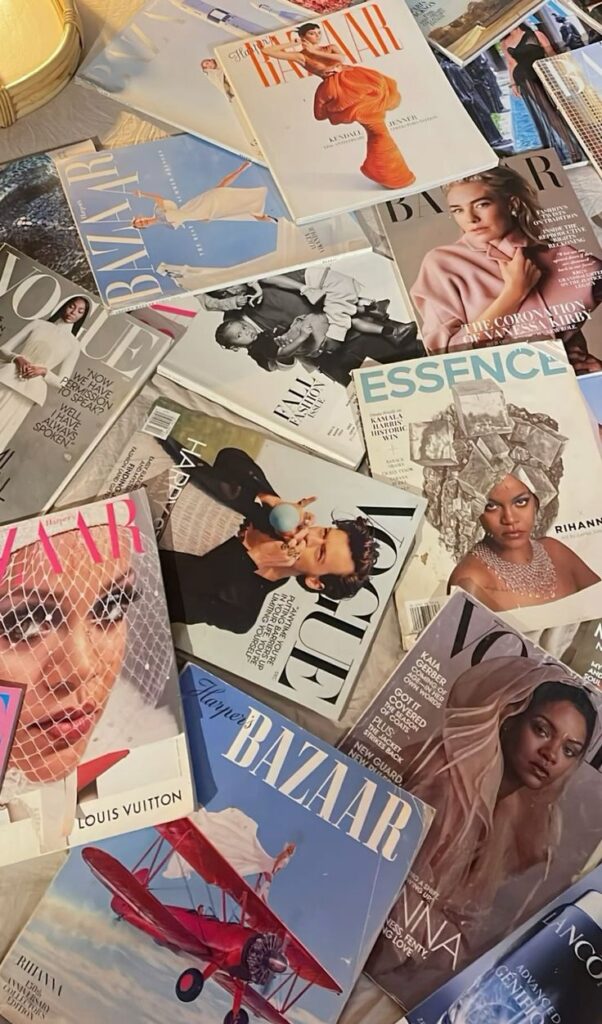
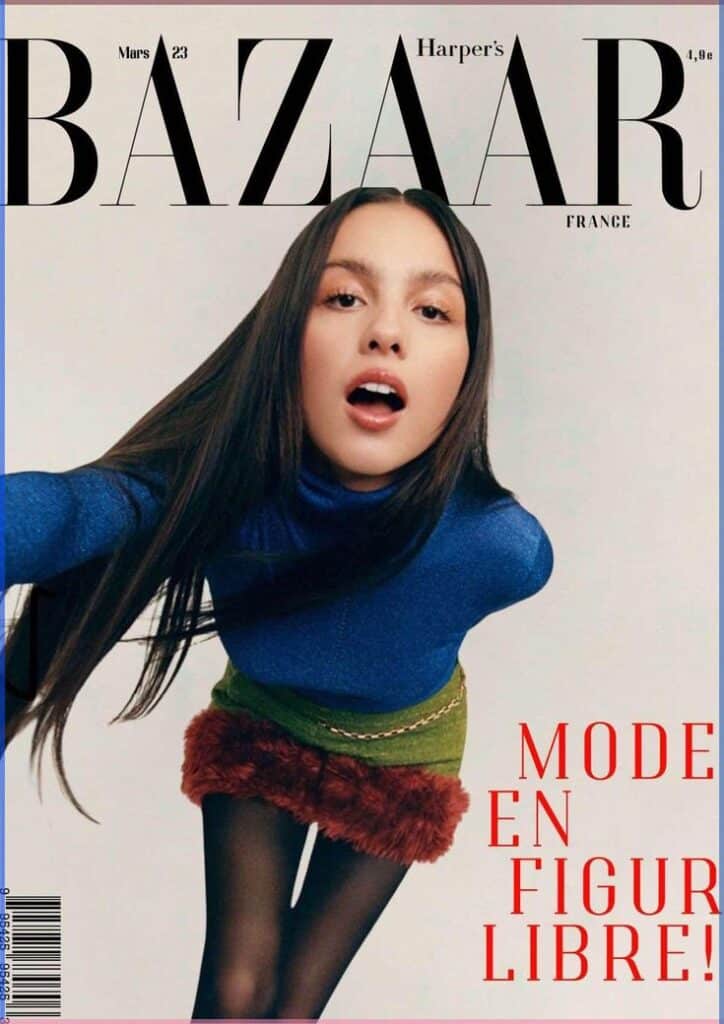
Magazines set the tone for each fashion season through carefully planned editorial content. Editors select themes, colors, and styles that reflect upcoming trends and cultural moods. These forecasts act like roadmaps for designers and retailers, showing what might become popular.
This editorial control influences which looks gain attention and which fade away. Magazines often launch seasonal issues that highlight expected must-haves, giving readers a clear idea of what to look for in stores or online.
Trendsetting Photographers and Stylists
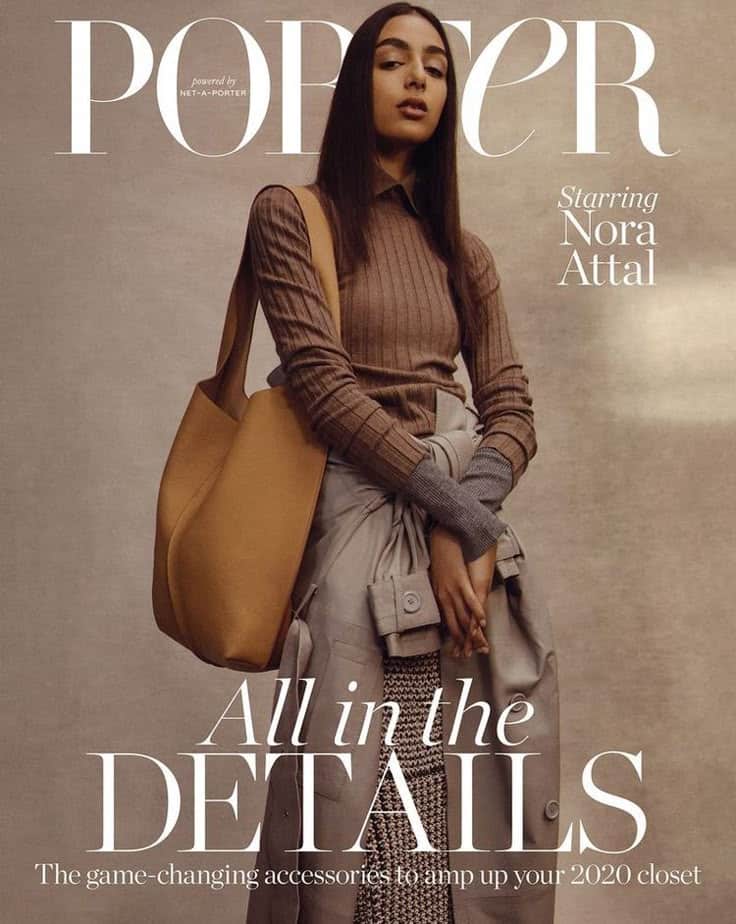
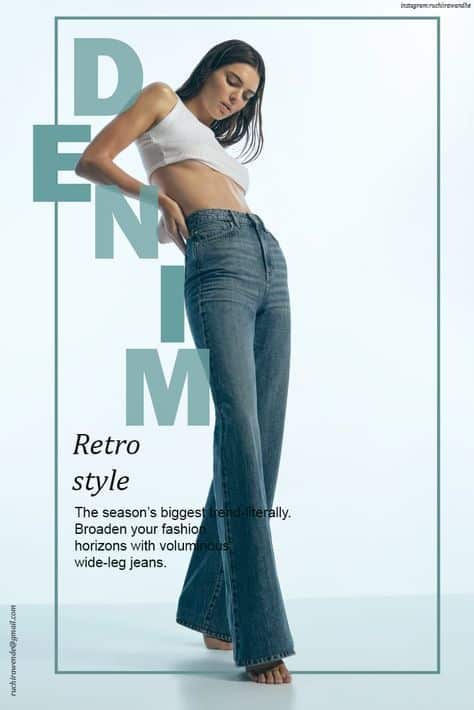
Photographers and stylists working with magazines shape how fashion is seen and understood. They create striking images that bring clothes to life, often turning outfits into art.
These creatives experiment with lighting, poses, and styling to make new trends visually appealing. Their work can make a simple design look exciting or push bold trends into the spotlight. Many of today’s influential photographers and stylists began their careers in magazines.
Showcasing Emerging Designers
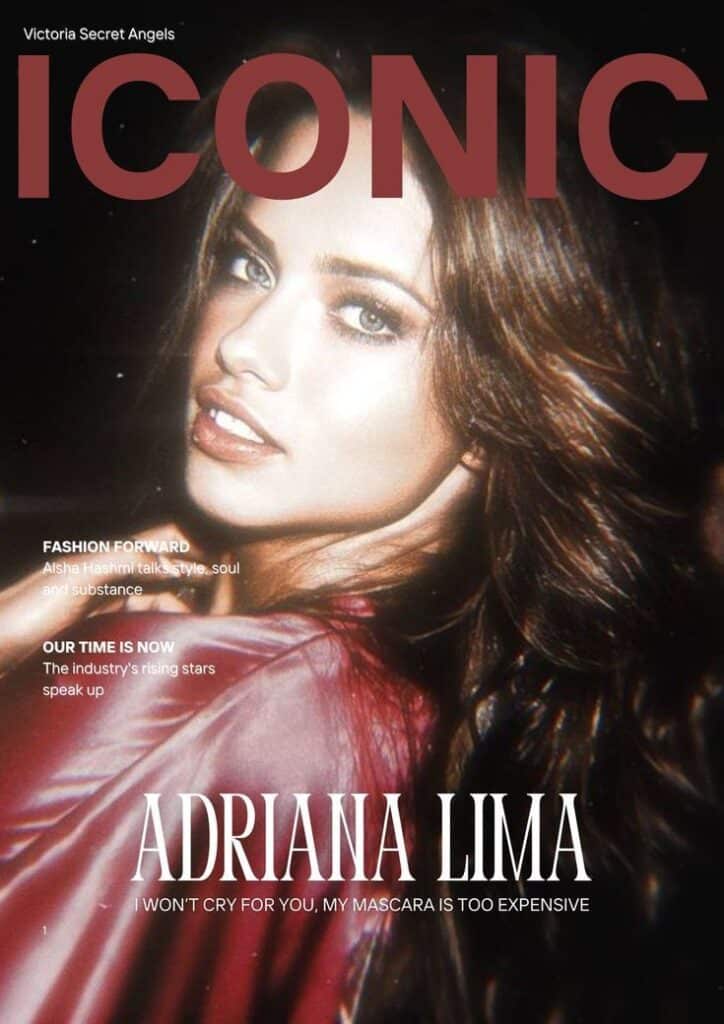
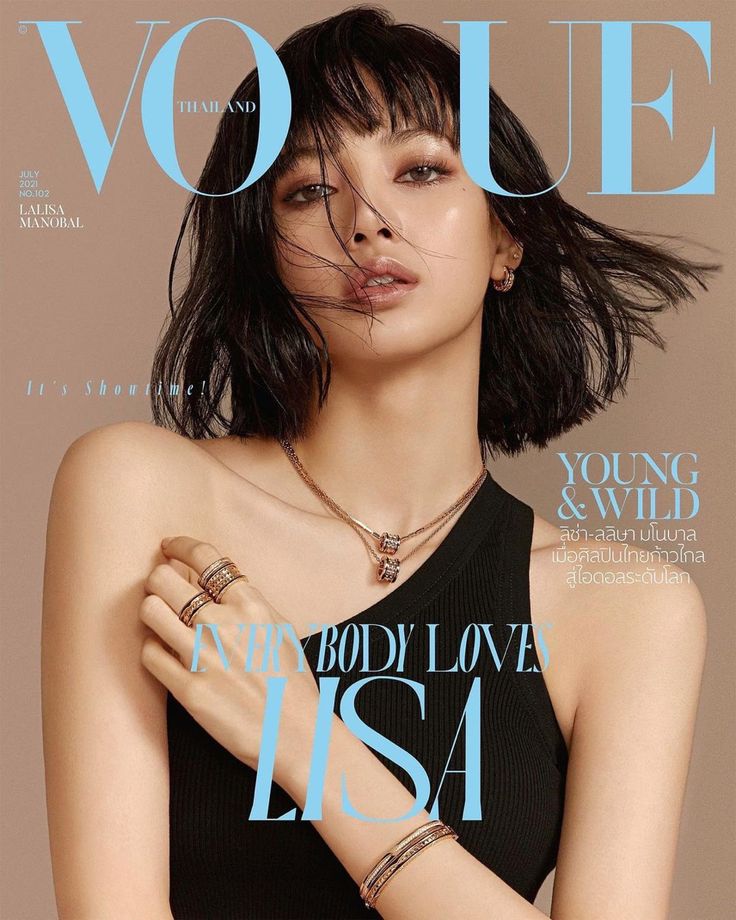
Magazines play a big role in introducing new designers to a wider audience. Feature articles and photoshoots highlight fresh talent and help launch their careers.
By presenting new designers alongside established names, magazines give them credibility. This exposure can attract buyers, investors, and fans. Many designers owe part of their early success to magazine coverage.
Impact on Consumer Choices
Magazines do more than show trends—they influence what people buy. Through editorials, advertisements, and style guides, magazines recommend brands and products readers might want.
This guidance shapes consumer behavior by suggesting how to wear certain pieces or which items are worth investing in. Many shoppers trust magazine recommendations when updating their wardrobe. The visual appeal and expert advice provide a strong push toward specific fashion choices.
Magazines as Curators of Artistic Innovation
Magazines play a key role in shaping how new art is seen and understood. They work closely with artists, use strong visual styles, and bring fresh movements into the spotlight. This influence helps guide what becomes popular and accepted in both art and fashion.
Collaboration with Contemporary Artists
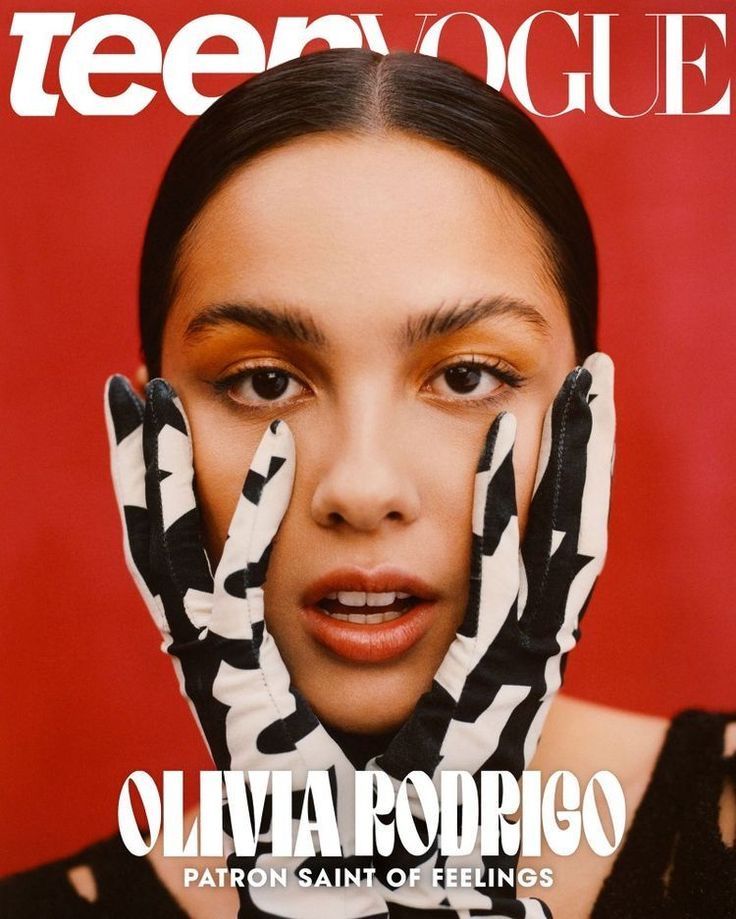
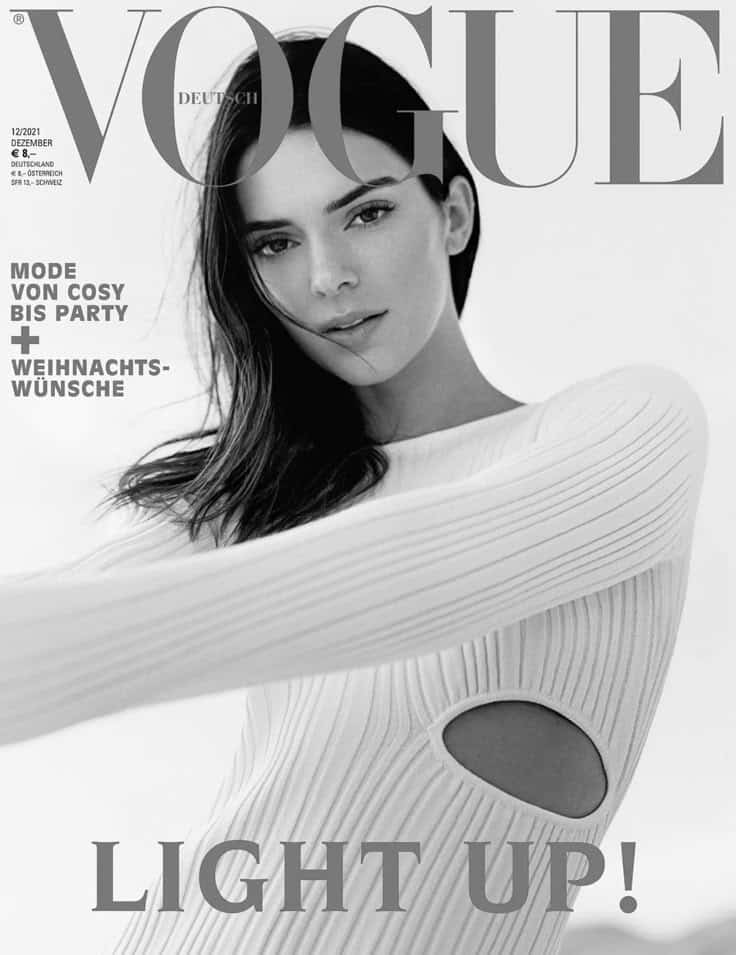
Magazines often team up with living artists to create unique, original content. This partnership lets artists share their work beyond galleries and reach wider audiences. It also gives magazines fresh, exclusive material that draws readers in.
These collaborations can include artist-designed covers, special photo shoots, or commissioned pieces. This direct involvement supports the creative process and allows magazines to present cutting-edge ideas in art and fashion.
By working closely with artists, magazines become active participants in shaping the art world, not just observers of it.
Visual Storytelling and Design Aesthetics
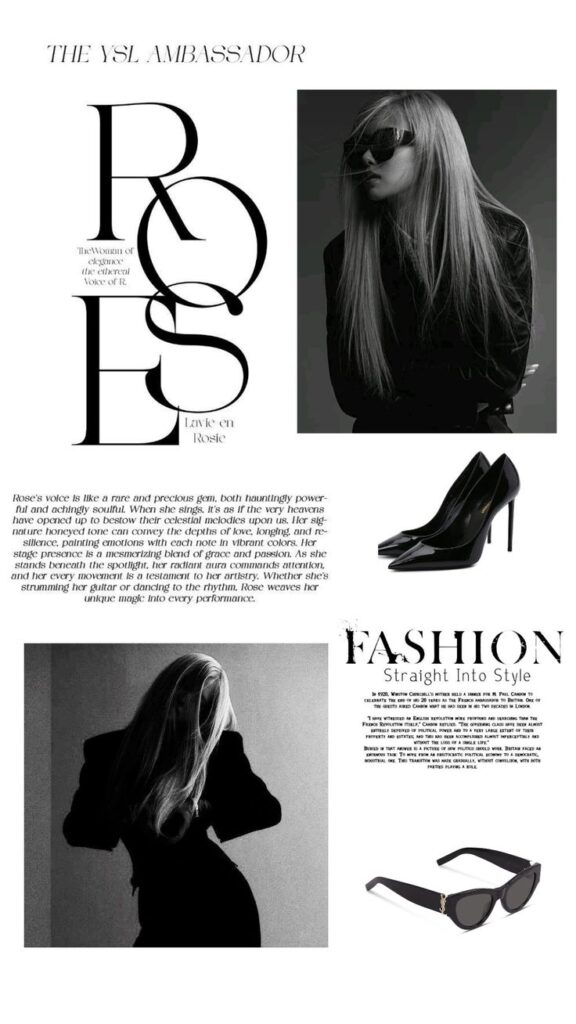
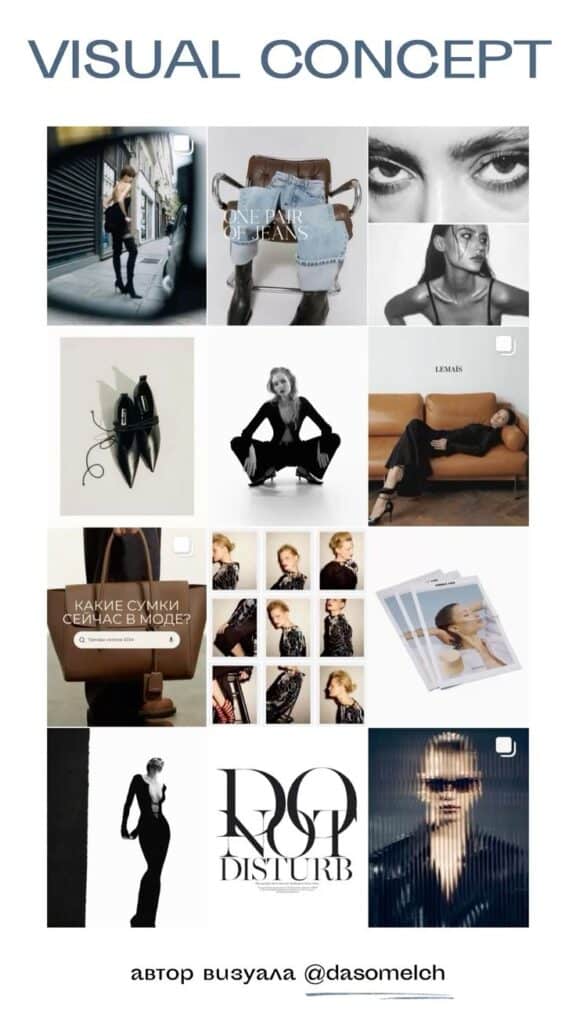
Magazines use layout, photography, and graphics to tell compelling visual stories. The design choices affect how readers experience the art and fashion presented. Clean, bold, or experimental design can highlight innovation and set trends.
They carefully select images and pair them with text to create strong narratives. This visual storytelling makes complex ideas easier to understand and engage with.
Design aesthetics in magazines influence how styles evolve by setting new visual standards. They show what’s striking, fresh, or meaningful in both art and fashion.
Promoting New Artistic Movements
Magazines act as platforms for new art styles and movements. Editors and critics decide which artists and genres deserve attention, guiding public interest and acceptance.
By spotlighting emerging trends early, magazines help those movements grow and reach global audiences. This can include writing reviews, hosting interviews, or featuring themed issues.
Their role in promotion means they shape what becomes popular and what fades away. They can boost careers and help define the direction of contemporary art and fashion.
Iconic Fashion and Art Publications
Fashion and art magazines have shaped style and creative trends through distinct voices and strong visuals. Some publications have a wide global impact, while others push boundaries with unique artistic approaches. Independent magazines offer fresh, niche perspectives that influence culture in different ways.
Vogue’s Global Legacy
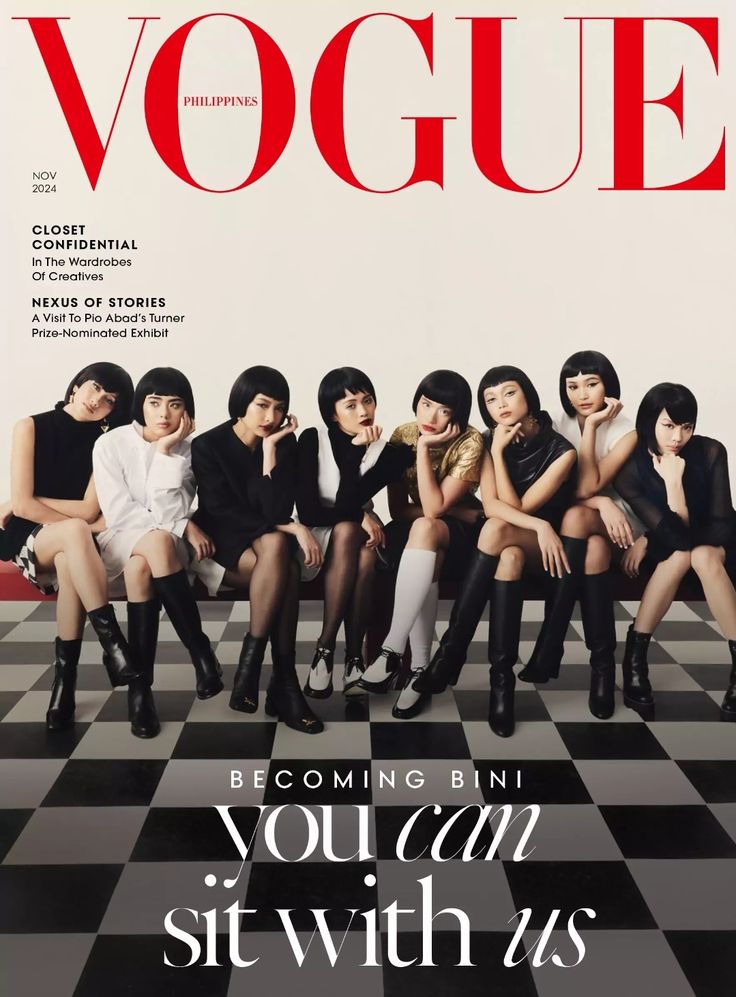
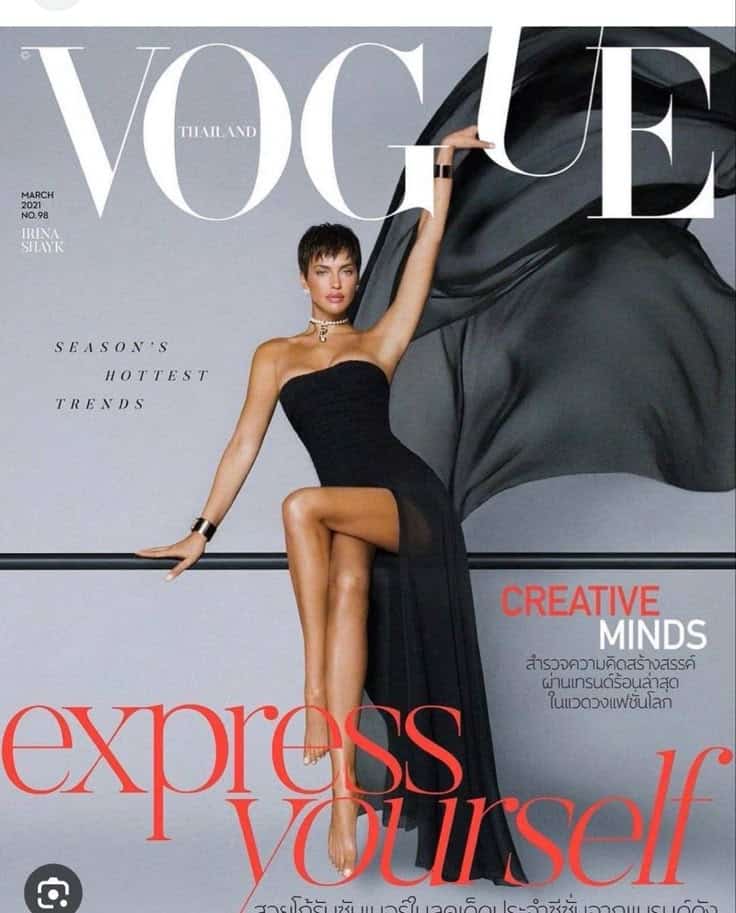
Vogue is one of the most influential fashion magazines worldwide. Since its start in 1892, it has covered fashion, culture, and lifestyle with high-quality photography and stories. Vogue attends major fashion weeks and highlights new trends, designers, and social issues.
Its global editions adapt content to different cultures but keep a consistent style focus. This reach allows Vogue to shape beauty and fashion standards around the world. The magazine often sets the tone for what becomes fashionable through its covers and editorials.
Harper’s Bazaar and Artistic Experimentation
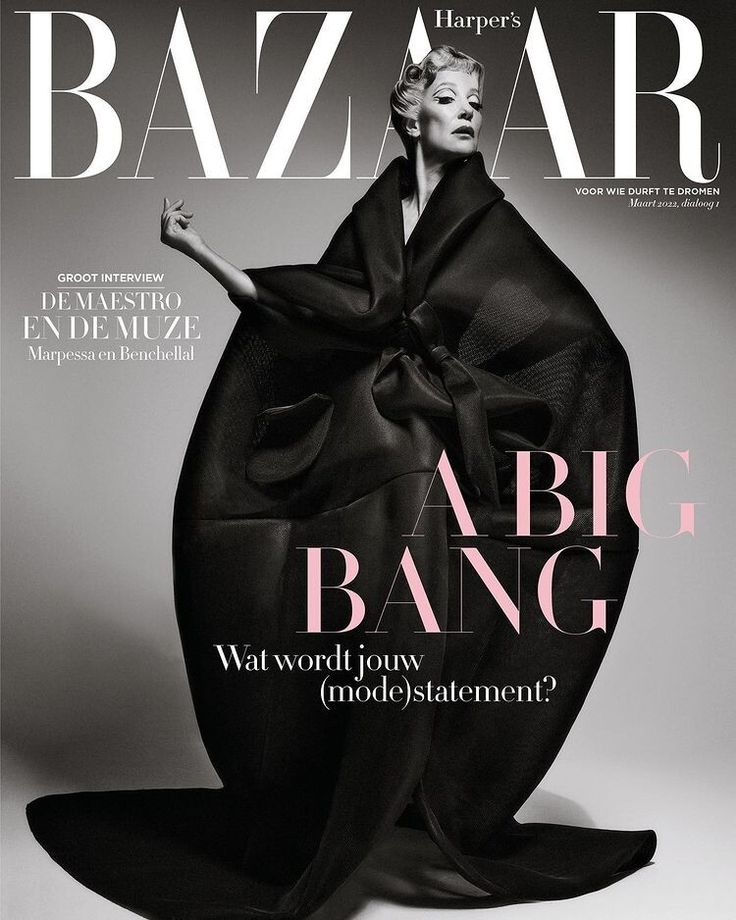
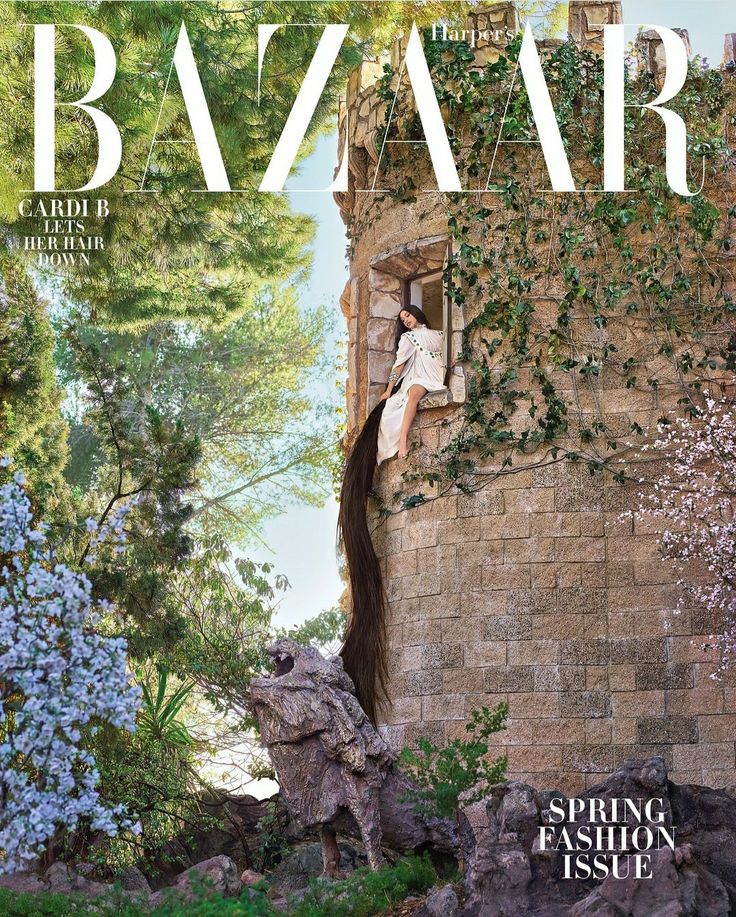
Harper’s Bazaar blends fashion with art and culture in bold ways. It is known for collaborating with top photographers and stylists to create innovative photo spreads. This magazine often experiments with visual storytelling, mixing classic and modern styles.
It pushes creative boundaries by showcasing emerging artists alongside established names. The magazine balances commercial appeal with artistic risks, influencing trends in both fashion and visual art. Harper’s Bazaar is admired for inspiring readers with new ideas and fresh looks.
The Influence of Independent and Niche Magazines
Smaller independent magazines bring unique voices to fashion and art scenes. Titles like i-D and Dazed focus on subcultures, diversity, and experimental styles. These magazines often highlight underground designers and challenge mainstream fashion norms.
They create strong communities of readers and creatives who value innovation and authenticity. Independent magazines shape trends differently by focusing on inclusivity and cultural topics. Their fresh perspectives often influence larger publications over time.
| Feature | Vogue | Harper’s Bazaar | Independent Magazines |
|---|---|---|---|
| Focus | Global trends | Artistic innovation | Niche culture & diversity |
| Style | Polished, luxe | Bold, creative | Experimental, underground |
| Influence | Worldwide | Fashion and art blend | Subcultural and fresh voices |
Digital Transformation in Fashion and Art Media
Fashion and art media have shifted from traditional print formats to digital platforms. This change allows them to reach larger audiences quickly. New tools like social media and user-created content have also changed how trends are shared and shaped.
Evolution from Print to Digital Formats
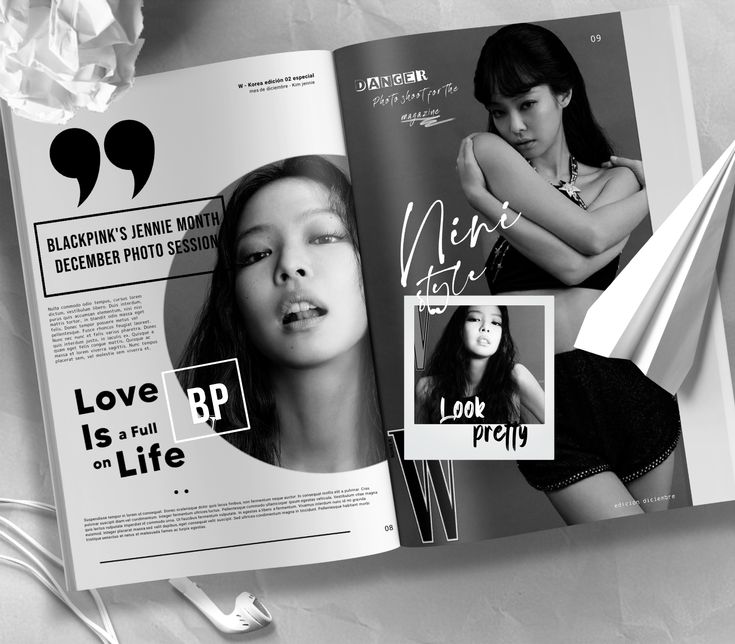

Fashion magazines once relied on printed pages to reach readers. Now, many have moved to websites, apps, and social media channels. This shift helps them publish news and trends in real time instead of waiting for monthly editions.
Digital platforms enable magazines to use videos, interactive images, and live streams to engage audiences. This enhances how styles and art are presented, making it easier for readers to explore and react.
Although print still exists, digital formats offer faster updates and global reach. This makes magazines more flexible and competitive in today’s fast-paced fashion world.
Social Media Integration
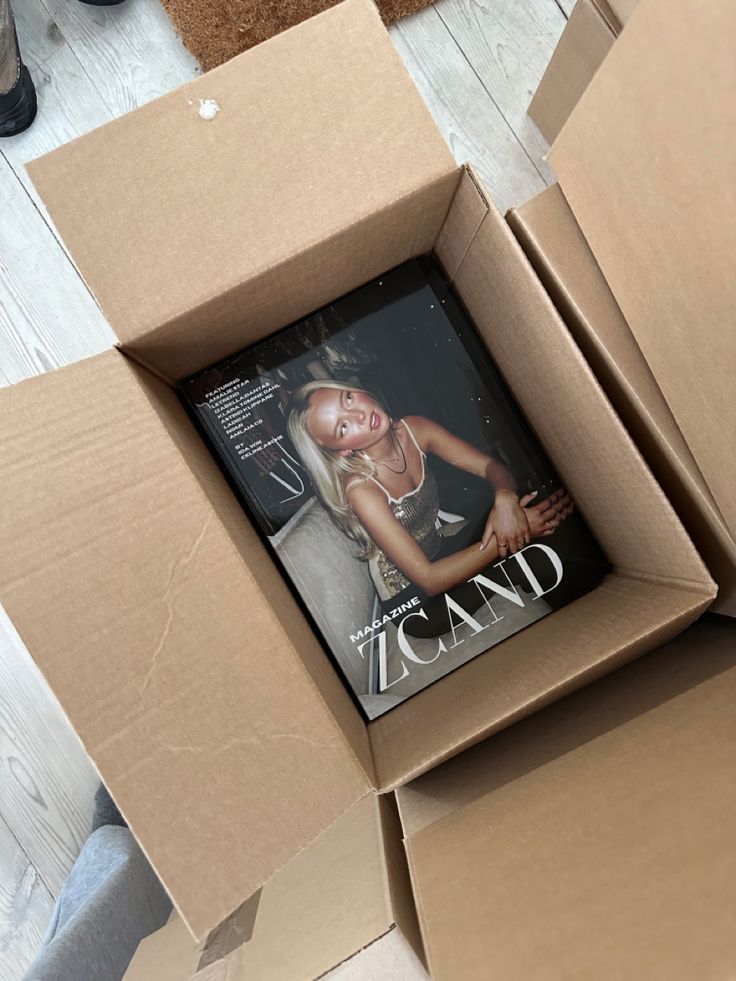
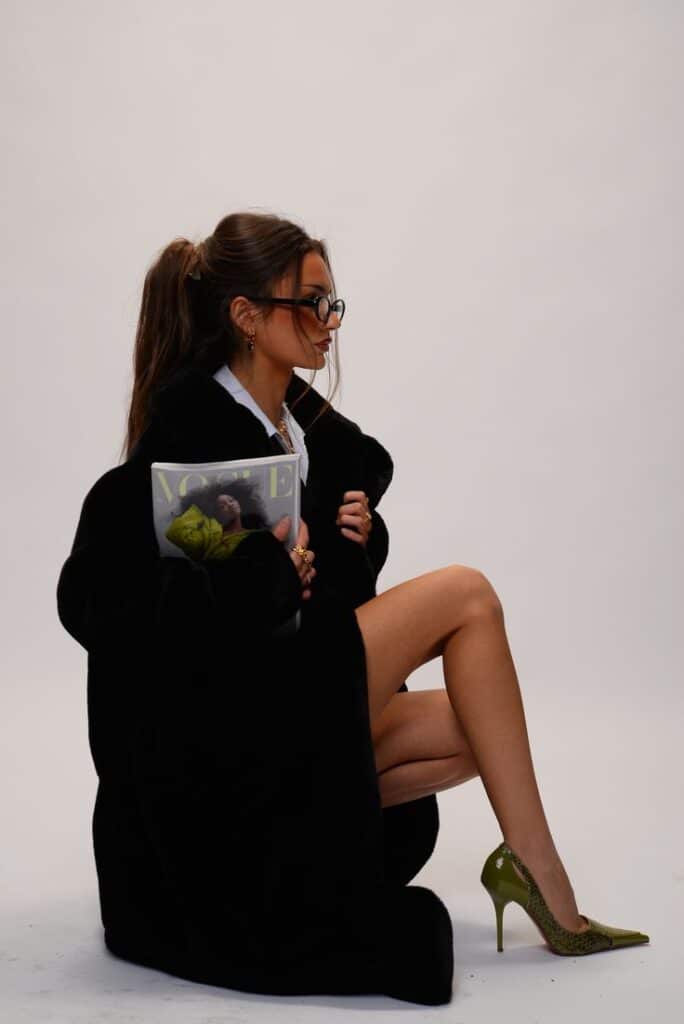
Social media plays a huge role in shaping fashion and art trends today. Platforms like Instagram and TikTok let designers, artists, and magazines share new ideas instantly with millions of followers.
Magazines use social media to promote content, engage with fans, and highlight emerging talents. Influencers on these platforms often set trends faster than traditional media.
This integration helps magazines stay relevant while tapping into younger audiences. It creates a space where visuals and short videos can quickly inspire new styles and art forms.
User-Generated Content and Collaboration
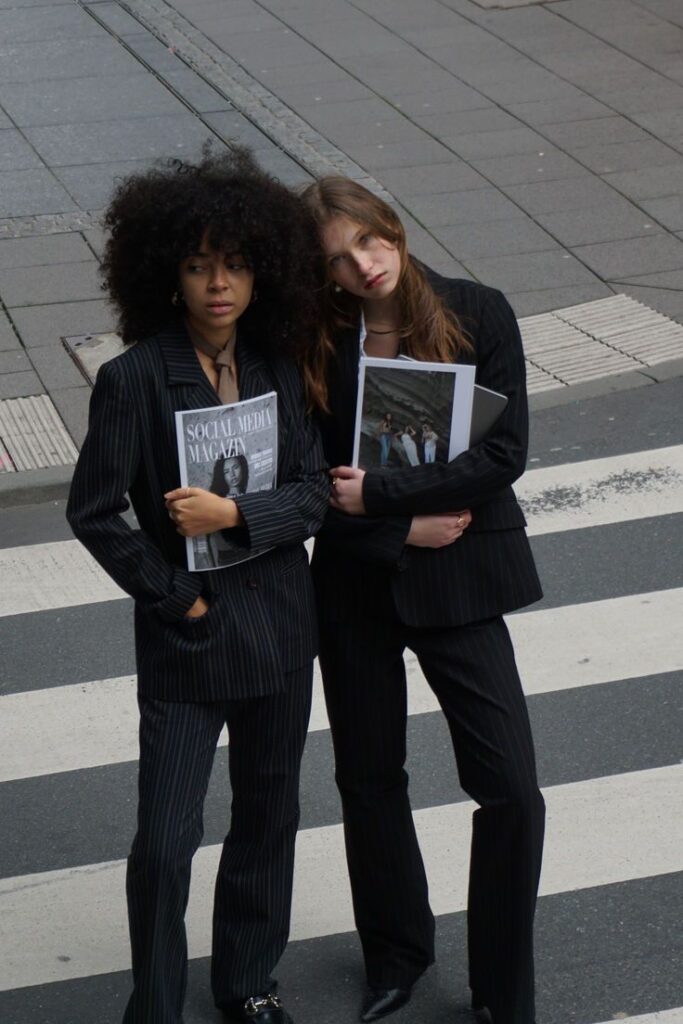
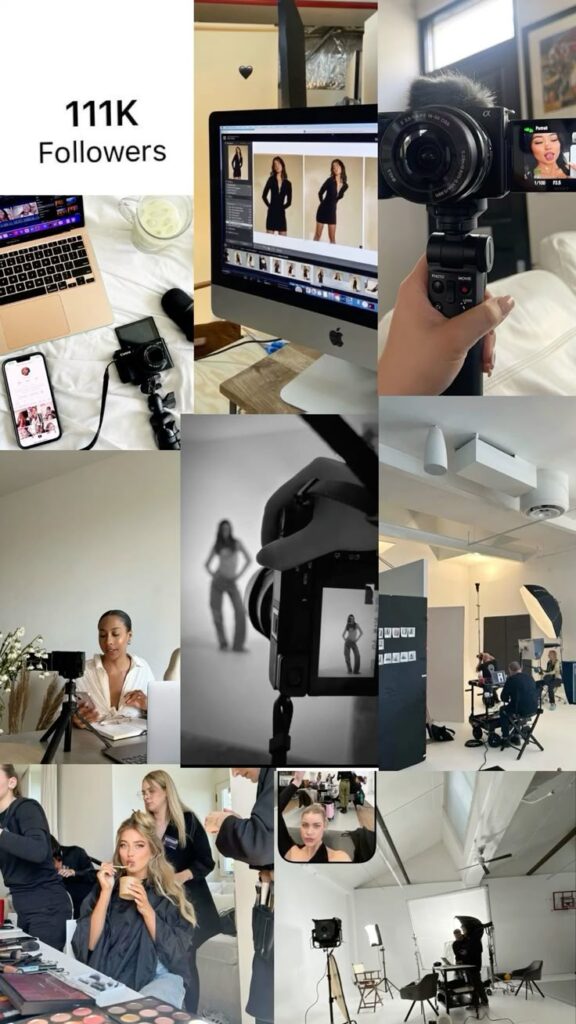
User-generated content is now an important part of fashion and art media. Fans, artists, and designers contribute photos, reviews, and ideas online. This feedback helps magazines understand what people like.
Many magazines collaborate with content creators, allowing fresh voices to join the conversation. This makes fashion and art trends more democratic and diverse.
Collaborations also open doors for new creativity by mixing professional work with public input. This interaction benefits both creators and audiences by expanding innovation.
The Enduring Impact of Magazines on Global Style
Magazines have shaped fashion and art by reflecting social values and introducing fresh ideas to wide audiences. They influence how people around the world see style and culture while encouraging new talents to grow.
Shaping Cultural Identity
Magazines capture the spirit of different cultures through fashion and art. They highlight styles that express local traditions and social changes. This helps readers connect with their own backgrounds and understand others better.
By featuring designers and artists from diverse places, magazines build a shared visual language. Readers see how clothing and art carry meaning beyond appearance. This shapes ideas about beauty and identity worldwide, making magazines powerful cultural storytellers.
Inspiring Future Creatives
Magazines act as a source of inspiration for many young artists and designers. They showcase innovations and experiments in style that push the boundaries of fashion and art. This sparks new ideas and motivates readers to explore their own creativity.
Career stories, interviews, and editorials provide insight into how professionals think and work. This helps emerging creatives learn and grow. Magazines also create communities where newcomers feel supported as they develop their style and voice.
- 1.3Kshares
- Facebook0
- Pinterest1.3K
- Twitter0
